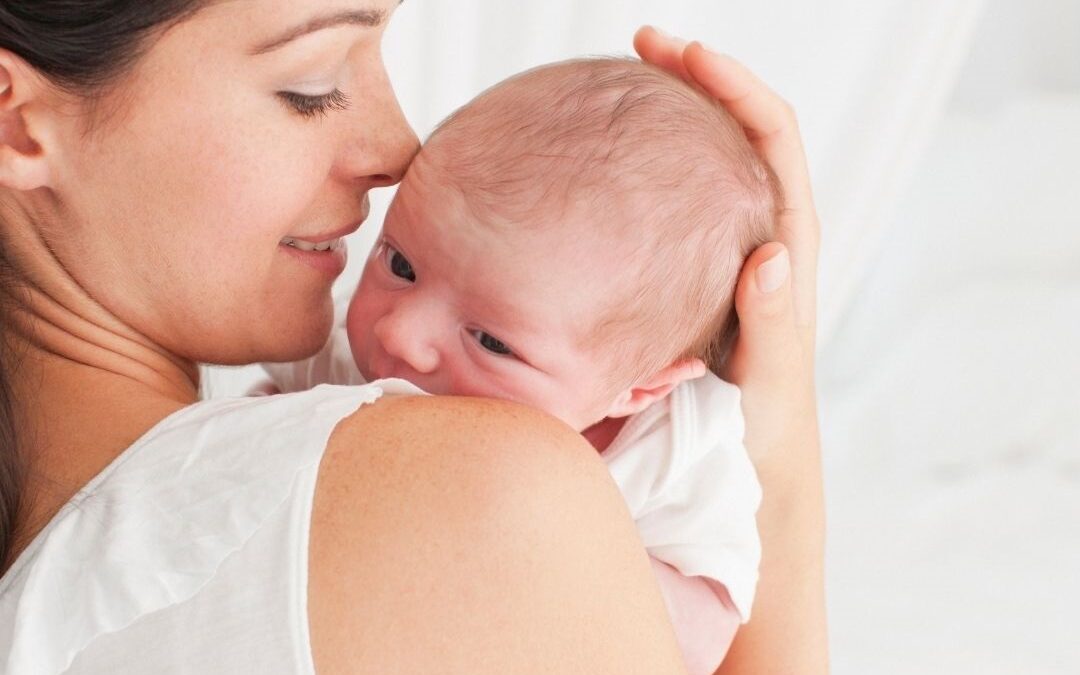In general, most post-partum women can safely return to exercise about 6 weeks after the birth of their child.
If they’ve had a natural delivery, they can return to exercise post-partum from 3 weeks, with the approval of their obstetrician. Without approval it can be up to 6 weeks before exercise can commence.
For a caesarian birth, with approval from your obstetrician it should be 6 weeks post-partum. The reason to wait is because the body has to heal after both the birth and the operation if a C-section was performed. Although you may feel fine, the internal connective tissue around the uterus has to heal and contract to it’s previous form. There are smooth muscle fibres in this connective tissue and allowing rest during this period of time allows this area to heal for the long term.
When returning to exercise, it is important to start to work on these aspects:
1) Avoiding too much pressure on the abdominal wall and to allow the abdominal muscles to heal. There is often some degree of separation of these muscles during pregnancy and these muscles may take months to heal. To give them best chance of healing, avoid direct sit-up exercises, but still working on the deep abdominal muscles (core stabilisers) is important for long term healing. It can take up to a year for this area to heal properly
2) Start working on your pelvic floor muscles. Pregnancy causes stretching of the nerves to these muscles, which makes them slow to contract and therefore needing to strengthen again. Ensuring you start to strengthen these muscles (from about 3 weeks after birth) and NOT putting too much strain on the pelvic floor when lifting, which means not lifting heavier weights than you feel you can maintain bladder control with is important. And don’t worry, if you don’t get this muscle group straight way, it’s okay. It can take months to return, but it does improve with practice.
3) Improving your pelvic (hip muscle) stability. The most common issue we see during pregnancy is poor control of the pelvis, which becomes a problem due to the hormone relaxin, that is released during pregnancy. The control of this area does not necessarily come back by itself without work. So, working on your hip and pelvic muscle strength, such as the gluteal muscle groups and the direct stabilisers of the lower back, the multifidus muscles is very important
Contact us on admin@mdheath.com.au or call us on 03 9857 0644 or 03 9842 6696 to book your next appointment or book online here.
Do you have any questions?
- Call us on (03) 9857 0644 or (07) 3505 1494 (Paddington)
- Email us at admin@mdhealth.com.au
- Check out our other blog posts here
Our clinical staff would be happy to have chat if you have any questions.



